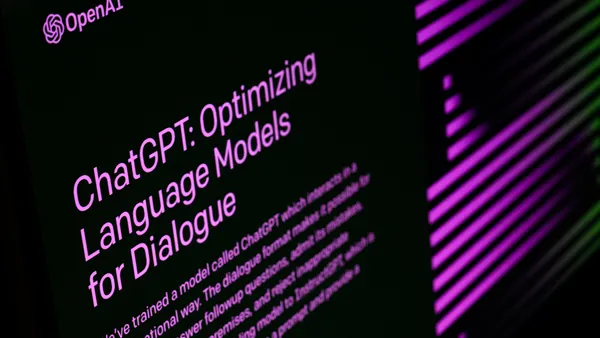Many HR policies shape the behavior of IT departments and employees, whether that’s onboarding, training or monitoring engagement. HR relies heavily on technologies and systems, such as payroll and HCM, which IT is in charge of implementing, updating and enhancing.
These two departments have become even more intertwined as the tight talent market has put pressure on tech leaders to keep IT professionals happy and technology has become an enabler for business operations.
There might have been a time when HR and IT weren’t included in the same sentence, but that time is over.
Scott duFour joined Fleetcor, a business payment processing company, as global CIO in 2019. Just like many technology leaders, his role rapidly changed once people began working from home.
Alongside CHRO Crystal Williams, duFour began ensuring processes were on point: from onboarding to securing the PCI environment in a remote landscape.
“We operate in a PCI environment where there are specific policies around what people can and can’t do,” duFour said. “Crystal helps us with the policies, how we enforce it and the training around that, so there are a lot of different things outside of just the onboarding processes when you’re in a remote environment.”
Nine in 10 CIOs report their roles and responsibilities have grown beyond technology to include areas traditionally associated with human resource and workforce management, sales and marketing, and sustainability and diversity, according to a survey by Lenovo.
A partnership that combines HR’s knowledge of people and IT’s knowledge of technology can produce a symbiotic relationship that can improve a company's visibility, retention and policy procedures.
Sticking with it
Now that businesses have navigated hybrid work models, many are turning attention to their next problem: retention.
Last year, more than 9 in 10 executives in technology, media and telecom saw higher-than-usual attrition within their companies, according to PwC data which surveyed 661 business executives.
“The people that we’re losing at [a] higher rate than we should are the ‘COVID babies,’ the people who started with us during the pandemic who didn’t have the opportunity to come in, meet the team, etc.,” Williams said.
Many businesses are pulling out all the stops to bring in top talent. Retention is at the top of many executives’ minds, from increasing employee pay to lauding company culture.
With the help of both departments, duFour and Williams are working together to provide a better user experience for remote employees to aid retention.
More than one-third of U.S. employees said they experienced workplace frustration caused by technology, according to data from Eagle Hill Consulting which surveyed 1,000 employees across various industries. Employees frustrated by technology are more likely to leave than those who work with technologically mature companies, according to the report.
This is where a partnership between departments can benefit all parties.
Another plus of bridging the gap between HR and IT departments is more visibility into which systems could use enhancements.
Onboarding at Fleetcor relied on manual processes that couldn’t be accessed remotely, so the company responded by investing in automation. The company has mostly grown through mergers and acquisitions, so processes that might have adapted and grown naturally cannot.
“Not only did it solve a problem with onboarding [by] streamlining it, making it easier, but also we solved some control issues we had on the back end,” duFour said.
The IT-HR partnership also benefits the logistics surrounding the acquisitions of companies located in different geographic regions that follow different rules and regulations.














